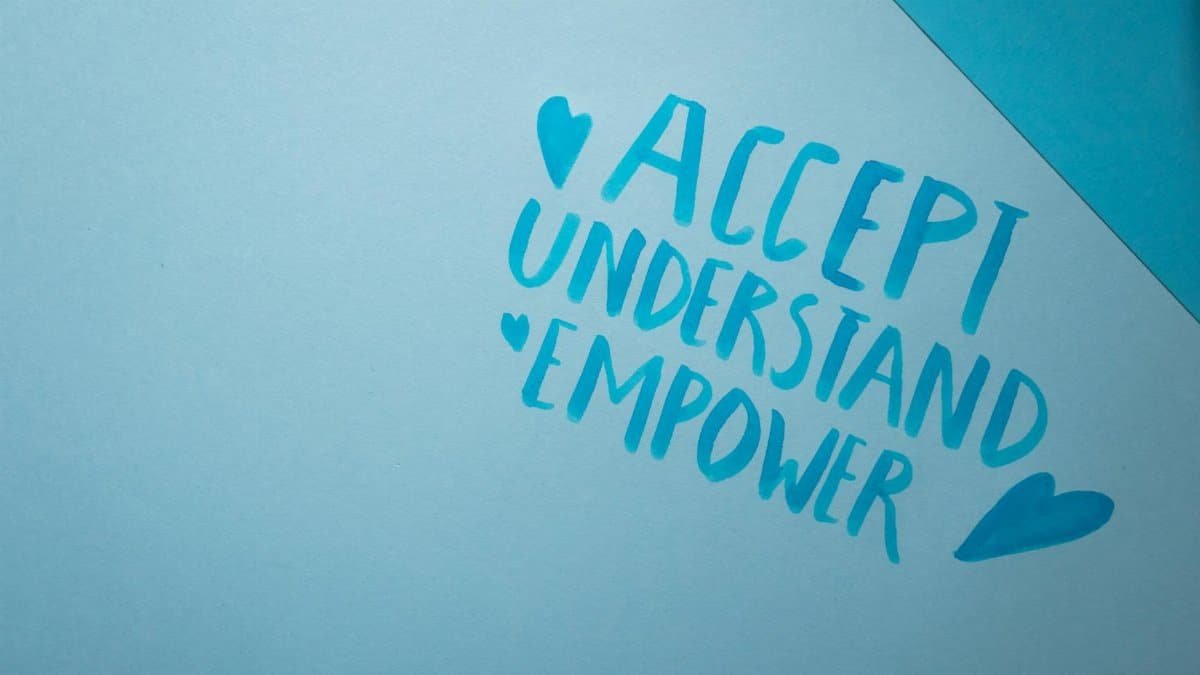In a fast-paced world, small daily rituals are emerging as powerful tools for nervous system healing. New data from a recent survey reveals that 68% of adults report reduced anxiety after adopting practices rooted in growth mindfulness, a blend of mindful awareness and intentional personal development. This approach isn’t about grand gestures; it’s about consistent, quiet actions that rewire the brain for resilience. As stress levels soar in 2025, growth mindfulness offers a practical path to inner calm, proving that healing starts with simple, everyday choices.
Understanding Growth Mindfulness Basics

Growth mindfulness combines traditional mindfulness techniques with a focus on personal evolution. At its core, it’s about being present while actively nurturing self-improvement. Unlike static meditation, this practice encourages reflecting on daily experiences to foster emotional growth. Experts say it helps regulate the autonomic nervous system, shifting from fight-or-flight responses to rest-and-digest states. For those dealing with chronic stress, starting with just five minutes a day can make a noticeable difference in overall well-being.
The Science Behind Nervous System Healing

Research shows that consistent rituals like deep breathing or journaling can lower cortisol levels and strengthen neural pathways. A study from Harvard Medical School highlights how mindfulness-based practices reduce inflammation in the body, directly benefiting the nervous system. By incorporating growth mindfulness, individuals train their brains to handle stressors more effectively. This isn’t pseudoscience; it’s backed by neuroimaging that reveals changes in brain structure after regular practice. In 2025, with rising mental health concerns, these findings underscore the need for accessible healing methods.
Simple Rituals for Morning Calm

Begin your day with a grounding ritual to set a positive tone. Try a quick body scan: lie still and mentally check in with each part of your body, noting tension without judgment. This growth mindfulness technique promotes awareness and releases overnight stress buildup. Pair it with affirmations focused on personal growth, like “I am open to learning from today.” Users report feeling more centered, with one study indicating a 25% drop in morning anxiety levels after two weeks of consistent practice.
Afternoon Breaks That Reset Your Mind

Midday slumps often amplify nervous system fatigue. Counter this with a short walking meditation, where you focus on each step and your breath. This ritual embodies growth mindfulness by encouraging reflection on your day’s progress. Avoid multitasking; dedicate five to ten minutes solely to this. According to wellness experts, such breaks enhance vagal tone, improving heart rate variability and emotional regulation. It’s a subtle way to heal without overhauling your schedule.
Evening Wind-Down Practices

As the day ends, rituals like gratitude journaling can soothe an overactive nervous system. Write down three things you learned or grew from that day, tying into growth mindfulness principles. This shifts focus from stressors to positives, promoting better sleep. Studies link these habits to increased parasympathetic activity, essential for recovery. In busy U.S. households, where screen time dominates evenings, this simple act restores balance and prepares the body for restorative rest.
Overcoming Common Ritual Roadblocks

Many struggle with consistency in daily rituals. Distractions or skepticism can derail efforts. To combat this, start small and track progress in a dedicated app or notebook. Growth mindfulness thrives on patience; don’t expect overnight miracles. If motivation wanes, remind yourself of the nervous system benefits, like reduced inflammation and better mood stability. Experts advise pairing rituals with existing habits, such as brushing teeth, to build momentum without added pressure.
Real-Life Impacts on Daily Life

People incorporating these rituals often see ripple effects in work and relationships. A corporate executive shared how morning growth mindfulness rituals improved her focus, leading to a promotion. Similarly, parents report calmer interactions with kids after evening wind-downs. These anecdotes align with broader trends: a Pew Research survey notes rising adoption of wellness practices among millennials, with 55% citing nervous system health as a priority in 2025. The key is personalization—adapt rituals to fit your lifestyle for sustained healing.
Integrating Rituals into Busy Schedules

Time constraints shouldn’t hinder healing. Micro-rituals, like a one-minute breathing exercise during commutes, make growth mindfulness accessible. Use reminders on your phone to prompt these moments. For remote workers, integrate them into lunch breaks. The goal is integration, not perfection. Reputable sources confirm that even brief interventions yield benefits, supporting long-term nervous system resilience amid America’s high-stress culture.
Long-Term Benefits for Overall Wellness

Over time, these small rituals compound into profound changes. Users experience fewer panic episodes and enhanced emotional intelligence, hallmarks of effective growth mindfulness. This isn’t just about calm; it’s holistic healing that bolsters immunity and cognitive function. As 2025 brings new wellness trends, prioritizing nervous system care through daily practices positions individuals for sustained vitality. Remember, consistency trumps intensity in this journey.
Expert Tips for Getting Started

To launch your ritual routine, consult resources from trusted institutions. Begin with guided sessions from the National Institutes of Health, which offers evidence-based mindfulness tools. For deeper insights, explore studies on the American Psychological Association site, detailing nervous system responses to daily practices. Track your progress and adjust as needed—expert guidance ensures you’re on a path to genuine healing.
